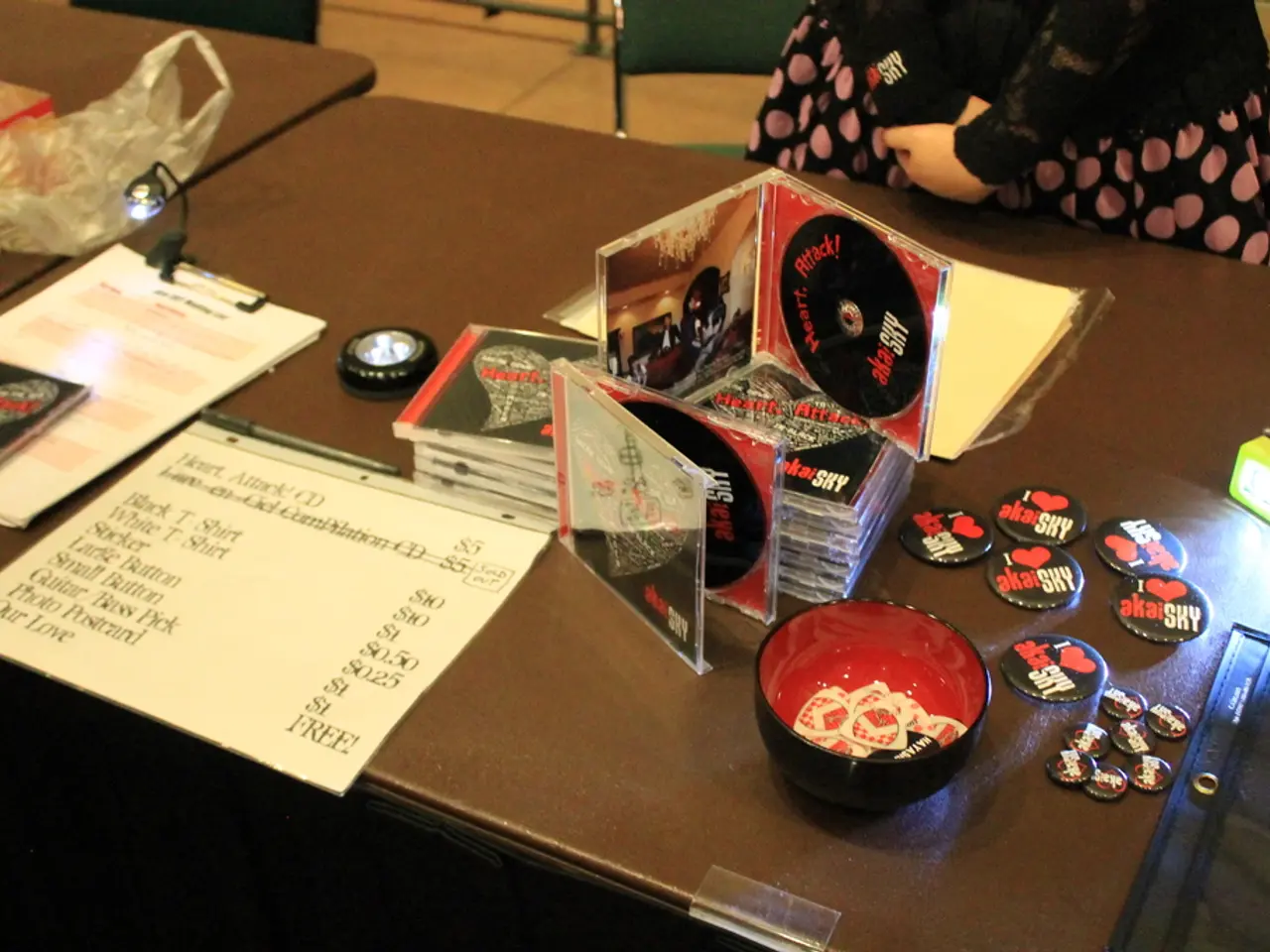EUDR Compliance Guidelines Illustrated: Simplifying Real-world Due Diligence for Regulatory Adherence
In the ever-evolving world of global trade, maintaining transparency and sustainability has become paramount. One tool that is making a significant impact is the Due Diligence Statement (DDS), a legal declaration submitted through the EU's Information System.
A furniture manufacturer in Vietnam has taken the lead by submitting a DDS for mixed timber sources, providing geolocation for both forest plots, harvesting permits, and legality certificates. This move demonstrates a commitment to transparency and legality, setting an example for other manufacturers to follow.
The EU's flexible approach allows a single DDS to cover multiple shipments or vessels handled over an extended period, as exemplified by Germany's practice under specific procedures like the SDE (formerly authorized exporter) system. This flexibility streamlines the process, making it easier for businesses to comply with the regulations.
However, it's important to note that a DDS cannot cover a supply plan that stretches across multiple years. The commodity must already be harvested at the time of filing, and the declared quantity can be submitted for multiple future shipments but only for the specific, declared quantity. Once that quantity is used, a new DDS must be submitted.
The core elements of a DDS include geolocation of every plot of land the product came from, a detailed risk assessment showing the product is deforestation-free and legally produced, the volume and type of product being placed or exported, clear identification of the batch or shipment(s) it applies to, and a formal statement that the operator takes full legal responsibility.
A timber trader in Cameroon has also adopted this practice, submitting a DDS tied to the original forest plot, not the processing location. This includes logging permits, transport documents, and processing chain records, demonstrating zero risk of mixing with unknown timber in the processing location.
In the realm of agriculture, an Indian essential oils exporter has provided GPS location of plantations, harvest logs, and distillation dates for a 12-month period. A cocoa exporter in Cote d'Ivoire has similarly submitted a DDS for a 60-ton lot of cocoa beans, as all beans come from the same farms, providing GPS plot data, farmer IDs, and procurement records.
Meanwhile, a Brazilian soy supplier sources from a large farm where soy is rotated across several fields. To ensure each plot passes a deforestation-free risk assessment, they submit a DDS listing all plots used in rotation over the past few years.
As the EU's DDS deadline approaches, it's clear that manual processes won't suffice. Modern platforms can simplify the DDS workflow, reduce risk, and provide peace of mind. The EUDR compliance platform, for instance, helps operators map every plot with precision, track batches across shipments, generate EUDR-compliant DDS automatically, support crop rotation & declaration in excess, and simplify audits and retain legal records.
The DDS links a product to its origin, proving where it was grown, how it was checked for compliance, the volume and type of product, and the batch or shipment it applies to. This transparency not only ensures compliance but also builds trust with buyers and contributes to long-term sustainability.
In essence, the DDS is a ticket to market access, buyer trust, and long-term sustainability. As businesses continue to adopt this practice, we can look forward to a future where global trade is not only profitable but also sustainable and transparent.
Read also:
- chaos unveiled on Clowning Street: week 63's antics from 'Two-Tier Keir' and his chaotic Labour Circus
- Skechers Debuts First American Stores Focused on Athletic Footwear Performance
- Budget discrepancy jeopardizes highway projects' financial support
- Racing ahead in Renewable Energy Dominance: Changzhou, Jiangsu Pushes for Worldwide Renewable Energy Ascendancy




